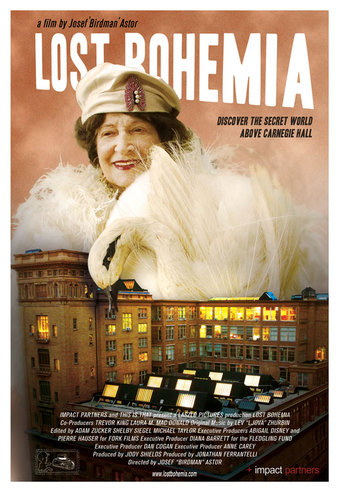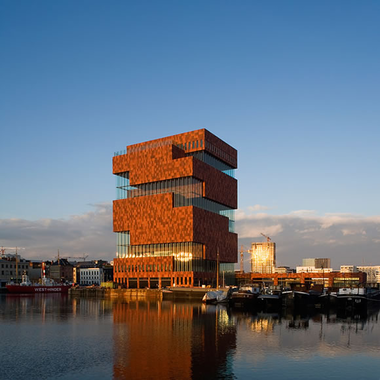As expected, given its advisory panel, the New York State Board of Regents approved a deaccessioning policy for state-charterered museums and historical societies at today’s meeting, and — wisely — did not overreach.
![]() They did not adopt the dumber provisions of the legislative bill offered by Former Democratic Assemblyman Richard Brodsky. Libraries are not part of this policy, and there’s no unfunded mandate to catalogue everything, for example.
They did not adopt the dumber provisions of the legislative bill offered by Former Democratic Assemblyman Richard Brodsky. Libraries are not part of this policy, and there’s no unfunded mandate to catalogue everything, for example.
Nor did they “split the baby.” They took fairly measured action, and by publishing comments and their answers to them, showed excellent judgment in determining what is a matter of public policy and what should be left to the discretion of the collecting institutions.
For example, even though I think it’s important for museums to deaccession in public — beforehand — the Regents did not make a policy statement on that. Instead, they told the institutions to report deaccessioned items yearly, after the fact — which, I suppose has some restraining effect on the sales.
Nor did they, as I had proposed, provide for an arbitration process for institutions in extremis, but them’s the breaks, at least in New York.
 So what did the Regents do? You can read the whole decision here, but, in sum, they told museums and historical societies that may may not deaccession objects unless they meet one of ten specific criteria (such as inconsistency with mission, redundancy, severe need for conservation that goes beyond the capacity of the institution, inauthenticity, refinement of the collection, repatriation, etc.).
So what did the Regents do? You can read the whole decision here, but, in sum, they told museums and historical societies that may may not deaccession objects unless they meet one of ten specific criteria (such as inconsistency with mission, redundancy, severe need for conservation that goes beyond the capacity of the institution, inauthenticity, refinement of the collection, repatriation, etc.).
They also said that the proceeds may be used only for “acquisition of collections or the preservation, conservation or direct care of collections.” The Association of Art Museum Directors’ policy is stricter, allowing only the first.
They did not, as far as I can see, include institutions like the Metropolitan Museum of Art that predate the Regents’ chartering process.
Unless I’m missing something — in which case I am sure I will hear about it — it’s not a bad solution.

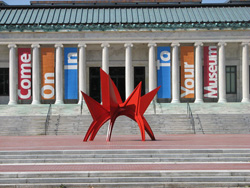 Tomorrow is
Tomorrow is 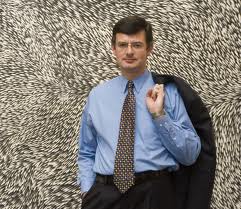 Objects, in other words, can tell a story. But it’s also broader than that, which is what prompted my questions above. Think about it… and think about what your museum means to your community: a source of pride, a unifying factor, or — I hope not — a struggling institution?
Objects, in other words, can tell a story. But it’s also broader than that, which is what prompted my questions above. Think about it… and think about what your museum means to your community: a source of pride, a unifying factor, or — I hope not — a struggling institution? 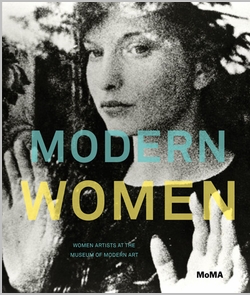 First Place:
First Place: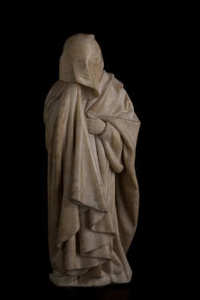 Honorable Mention:
Honorable Mention: